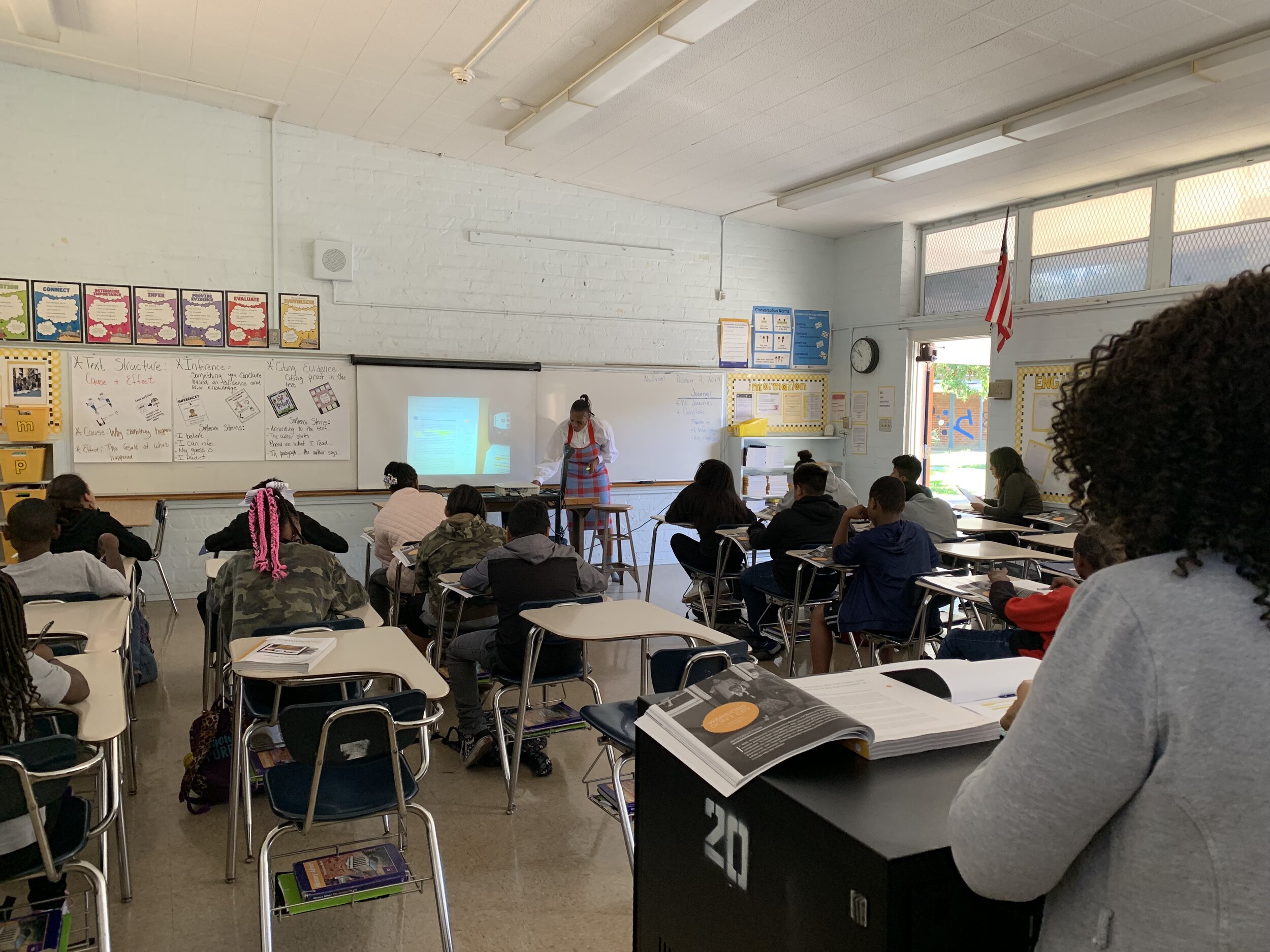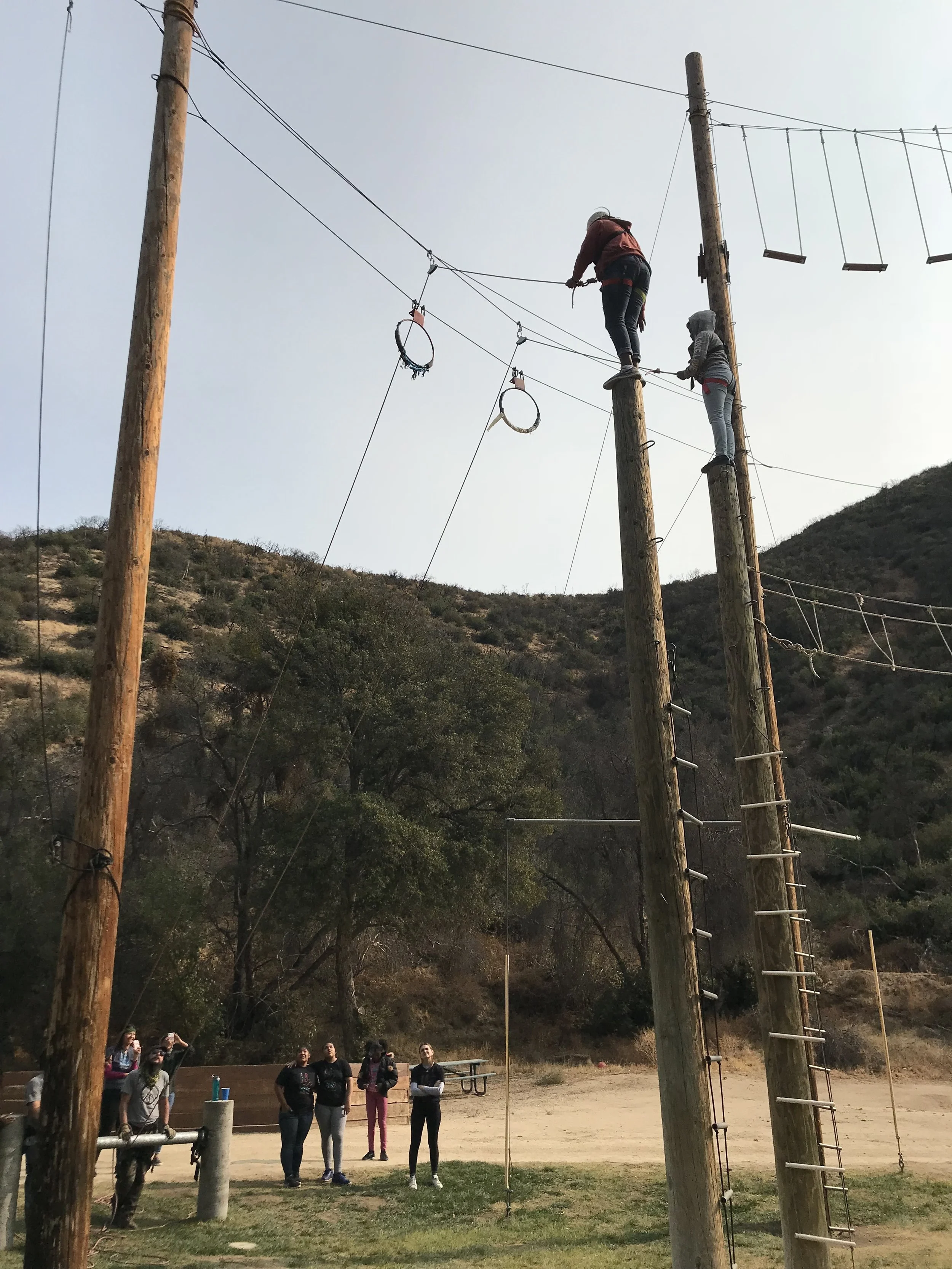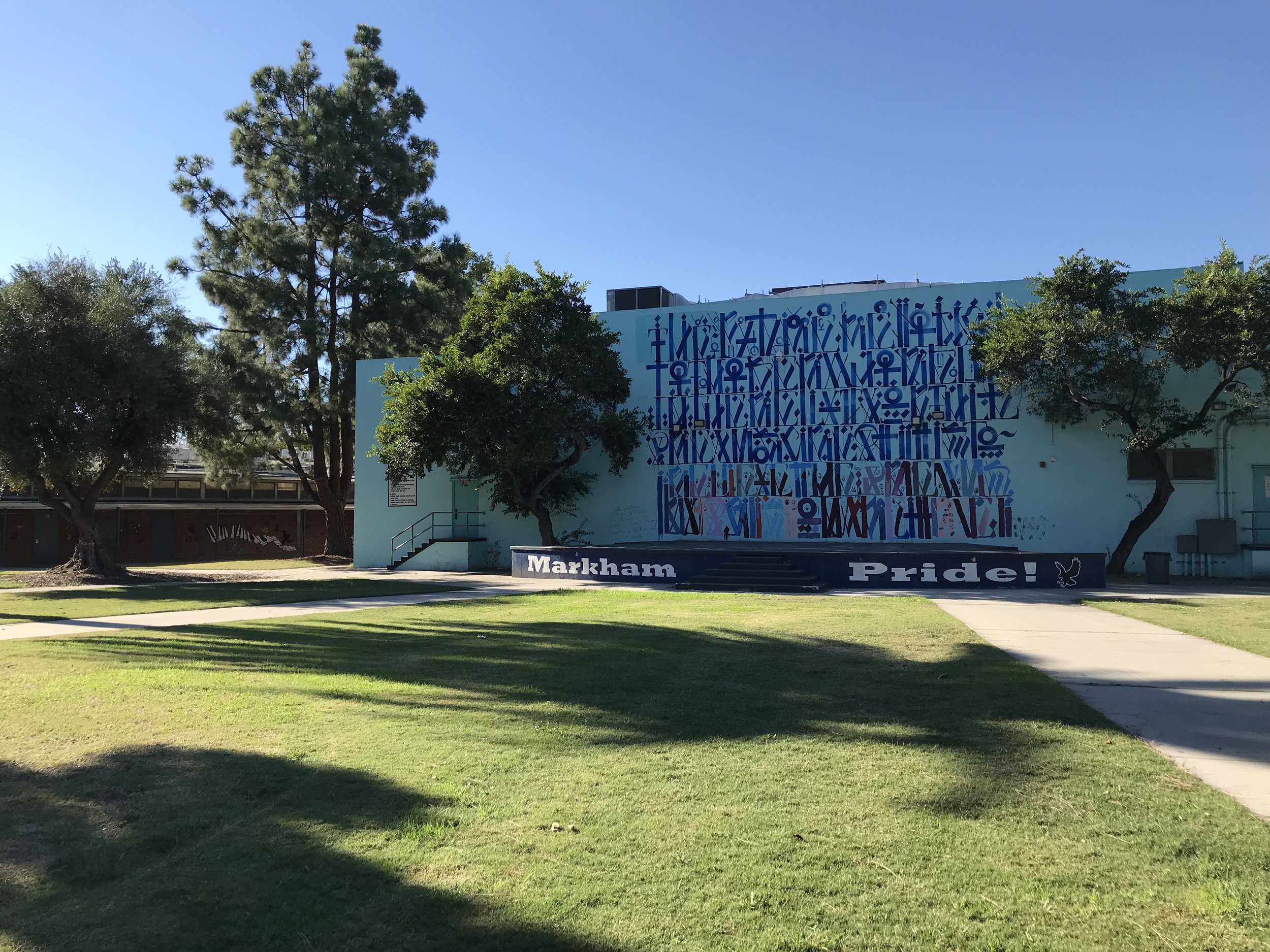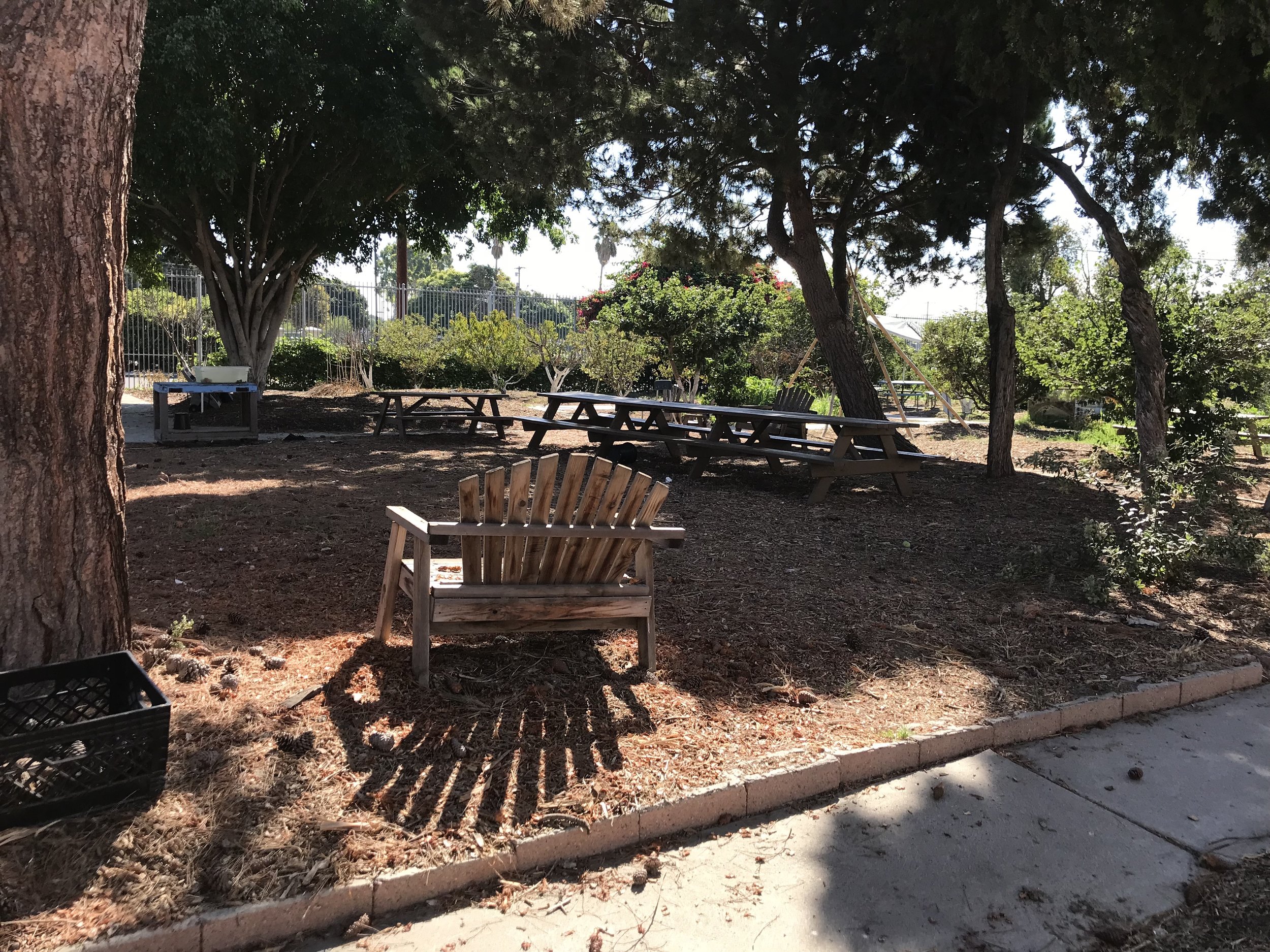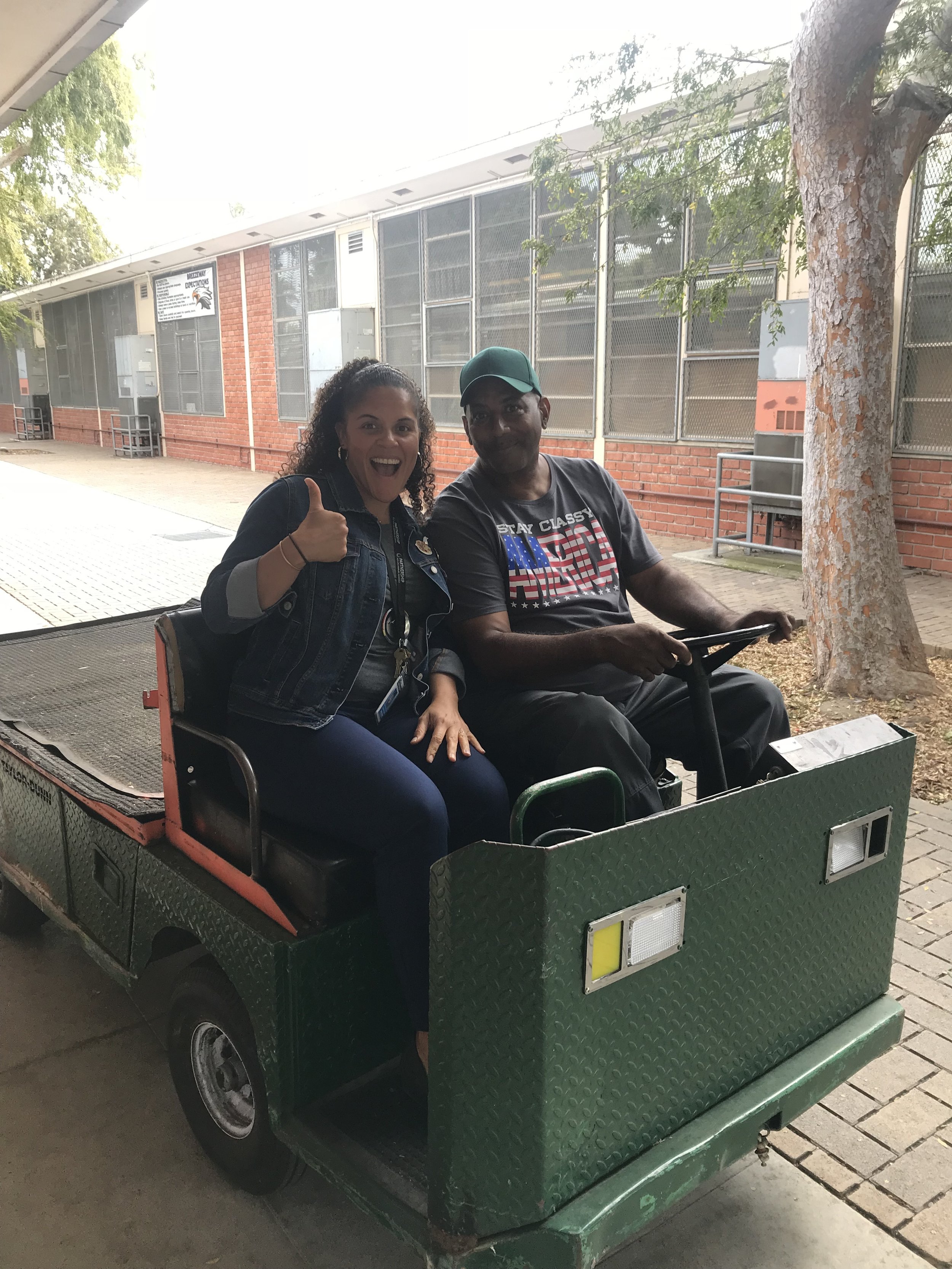Lessons Learned from a Lesson Study
I had a powerful experience on campus last week. I spent three days facilitating a Lesson Study for our ELA teachers and thoroughly enjoyed the experience. It’s so rare that teachers have dedicated time during the school day to come together as professionals to collaborate and learn. Lesson Study - and a large number of substitute teachers! - provided us with that opportunity.
Last year, I had the privilege of observing a Lesson Study in action with our Math team. They were adopting a new curriculum and had the opportunity to go through the process under the guidance of Chase Orton, a math consultant. It was powerful to witness educators building positive relationships with each other and deepening their content and pedagogy knowledge and I wanted the same opportunity for our ELA teachers.
So, what is Lesson Study exactly? According to the Lesson Study Group at Mills College (my alma mater!), “Lesson Study is a simple idea: If you want to improve instruction, what could be more obvious than collaborating with fellow teachers to plan instruction and examine its impact on students? In Lesson Study, teachers bring their own questions to the table and seek answers from one another, from outside specialists and research, and from careful study of students.” That’s exactly what we did.
Over the course of three days I worked with eleven ELA teachers, in two groups, to 1) collaboratively define our ideal ELA classroom, 2) identify barriers within and outside of our curriculum to creating that ideal classroom, 3) establish a problem-of-practice research question that would help us get closer to that ideal classroom, 4) collaboratively plan a lesson to help us collect data about our research question, 5) teach and observe the lesson, 6) collect data to answer our research question while observing the lesson, 7) revise the lesson, 8) teach and observe the lesson again, 8) collect more data, 9) reflect on the data collected to help us answer our research question, and 10) reflect on our learning and the process as a whole.
The two groups generated the following questions about their practice:
How do we engage all students in reading grade-level complex texts despite their different reading levels?
How can we give students multiple opportunities to practice a skill within a lesson?
How can we truly assess what students can do independently?
We gathered a ton of insights about our questions, including the following:
Our lessons need to be incredibly structured and we have to have high expectations for students and what they can do.
It’s important to get students engaged in the content before we actually start reading about it. Support students in sharing what they already know about a topic.
Know your students well and the amount of time they need to comprehend a text - use what you know to anticipate their struggles.
Ensure that the teacher model explicitly shows students what we want them to do and makes it clear.
During the model, ensure that the teacher names the move they are making and why it matters.
Take the time to practice the model before you do it for students.
Create an exit ticket that will accurately measure the objective and make sure students have sufficient time to answer it.
Give our kids time - without teacher interruption - to do their independent work.
What was incredibly powerful for me were the educator reflections on the process. Our profession can be one where teachers go an entire day without talking to a colleague about their practice or pedagogy. Teaching can be so overwhelming and all-consuming and our education system is set up such that there is little time for teachers to learn from each other in structured ways. Our lesson study process purposely worked to disrupt this. Here’s what some teachers wrote at the end of the process when asked, “Looking back on what your experiences in this process, what is some learning that you want to commit to practicing more of moving forward?”
“I learned the importance of explicit modeling. I need to teach my kiddos to explain their evidence and provide additional scaffolds explicitly to my low students. At times the Exit Ticket is rushed and I learned that it is better to provide students with sufficient time because I will get more data out of it. Also, I saw and am thankful for the expertise of the teachers I work with.”
“I learned that it is important to be purposeful when doing direct instruction. I also learned how to make sure that my exit ticket matches what I’m specifically asking my kids to do. This process also helped me think of a student lens, which I don’t think I don’t think I do enough of.”
“I learned that timing in a lesson does matter. I learned that I need to give students enough time in order for them to process the information and express their thoughts. I also need time in order to really understand the lesson before I teach it.”
“One crucial element to reinforce in my practice is to go back and have students reflect on the objective.”
“Becoming an expert on the text before I teach and creating lessons that are very thought out and structured. I also learned that I need to slow down and take more time modeling for my students within my lessons.”
The Lesson Study Group at Mills College nailed it when they stated that lesson study is a simple idea. In education we tend to overthink things. Let’s get better at bringing educators together to share problems of practice, learn from one another, reflect, and change their practice to best meet the needs of their students. I look forward to supporting my colleagues to do just this.



